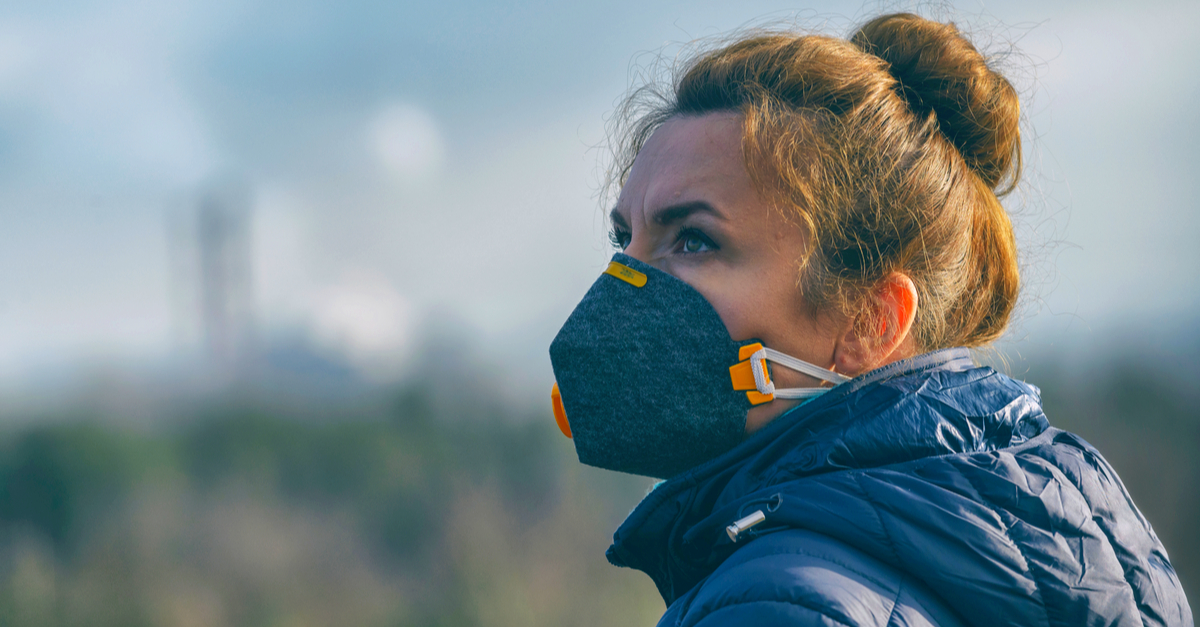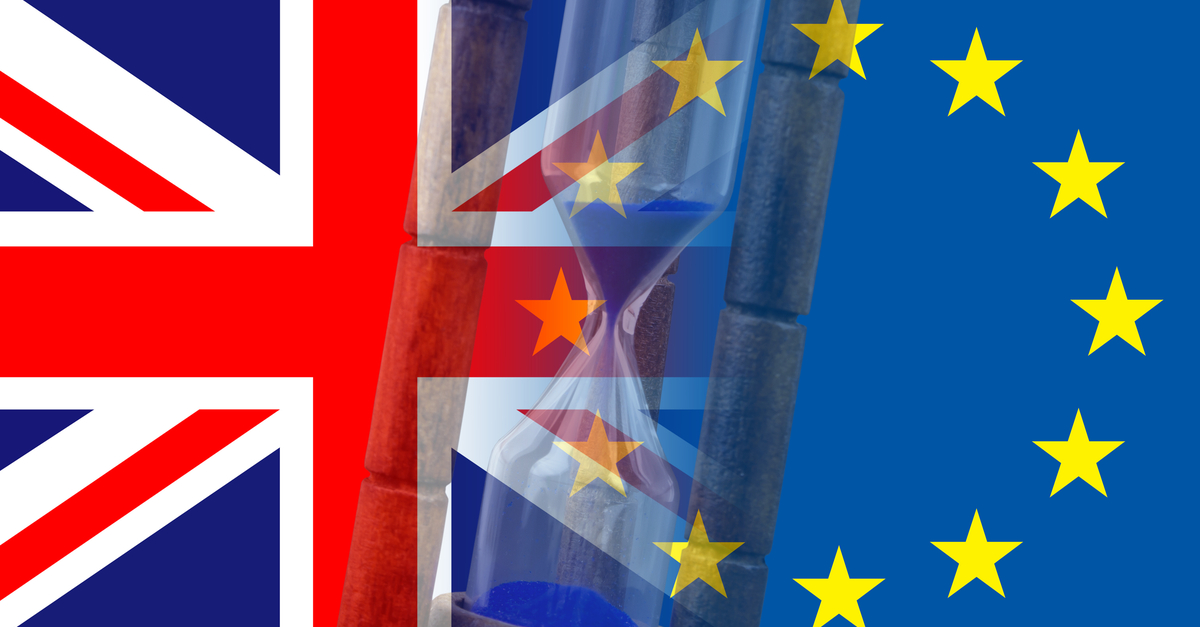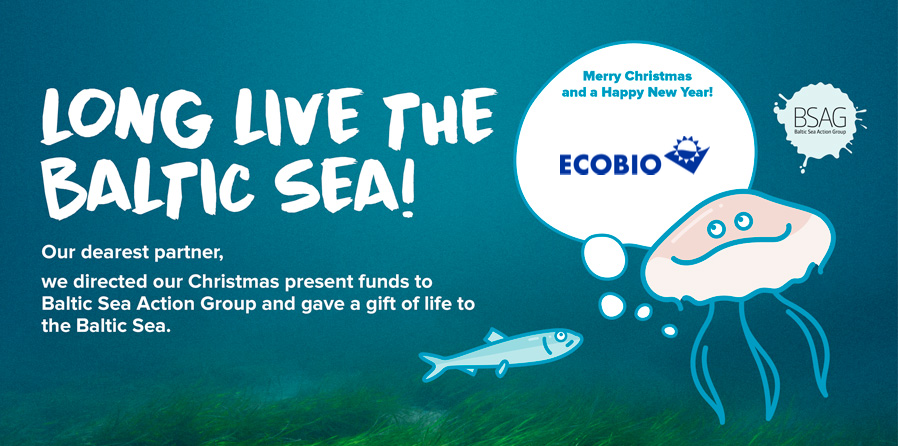
Prefer to read the news in Finnish? Click here
The requirements of Safety Data Sheets (SDS) in the REACH regulation have been modified to comply with the rules of the GHS. The changes concern e.g. Requirements for the placement of UFI labels, labeling of nanoforms and endocrine disruptors and mixtures.
The SDS-requirements amended by the Commission
Annex II of Regulation (EC) No 1907/2006 of the European Parliament and of the Council on the Registration, Evaluation, Authorization and Restriction of Chemicals (REACH) was amended by Commission Regulation (EU) 2020/878 of 18.6.2020. Annex II further restricts the requirements for the preparation of safety data sheets (SDS).
Earlier this year, the European Commission invited stakeholders to comment on the amendments to Annex II, which have now been published in the Official Journal of the European Union. Due to the changes, SDS suppliers, such as chemical manufacturers and mixers, need to make significant changes to their safety data sheets. SDSs are an important part of hazard communication, providing information on the safety of substances and mixtures in the supply chain from the manufacturer to downstream users.
The changes in SDS requirements
The amendment to REACH sets requirements for safety data sheets (SDS). These are amended to be in line with the rules set for SDSs in the 6th and 7th revisions of the GHS and CLP ((EU) 1272/2008). The change takes into account the labeling of nanoforms in the SDSs. Each relevant section of the SDS shall indicate if the section covers nanoforms, which different nanoforms are covered, and combine each nanoform with the relevant safety information. Instructions for affixing the UFI label to SDSs have also been specified. If necessary, the UFI identifier shall be entered in section 1.1 of the SDS. In addition, for substances with a harmonized classification, a specific concentration limit, an M-factor, and an estimate of acute toxicity, if available, must be provided in section 3 of the SDS.
Furthermore, the requirements for SDSs for endocrine disruptors and mixtures have been amended. Section 2.3 provides information on endocrine disrupting properties of the substance. The endocrine disrupting ingredient must be indicated in section 3 of the SDS if its concentration exceeds 0.1%. Information on endocrine disrupting properties that cause health or environmental effects is provided in the new sections 11.2 and 12.6 of the SDS.
The regulation will enter into force on 16 July 2020 and will apply from 1 January 2021. The transition period for the new requirements is two years. This means that old safety data sheets can still be submitted until 31 December 2022.
Need help with chemical management or updating safety data sheets?
Ecobios chemical experts are here to help!
Contact us: info@ecobio.fi
Interested in chemical management and managing safety data sheets easily and effectively throughout your organization? Get to know the Ecobio Manager SaaS service.
Contact: sales@ecobiomanager.com
Text: Anne Kallioinen, Ecobio Oy
Picture: Shutterstock










